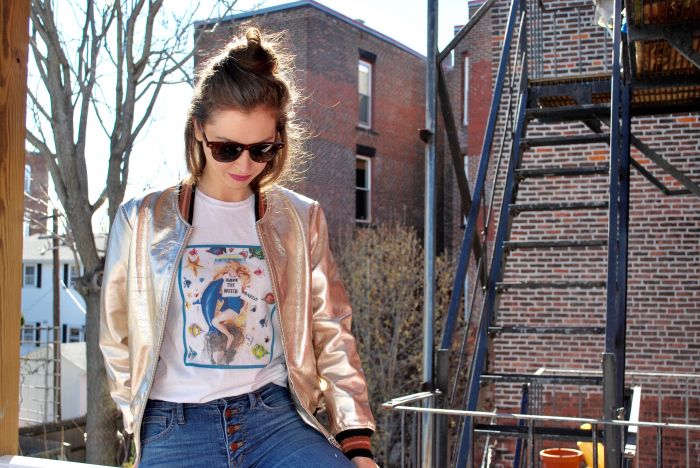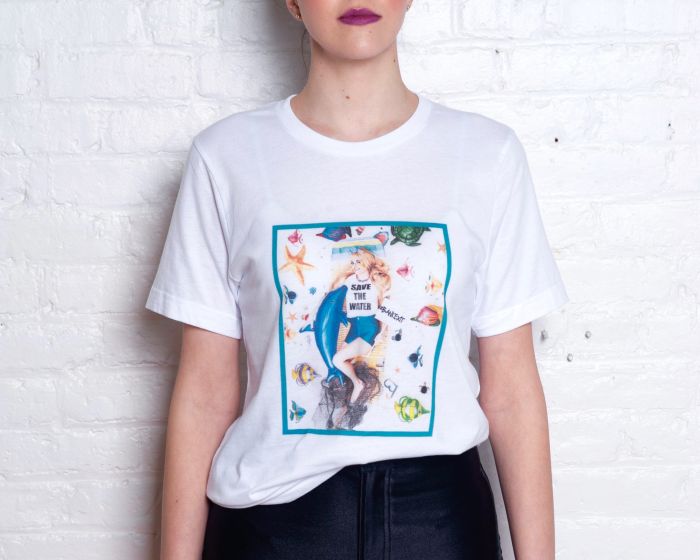

Created by millennial fashion designer and activist Emily Bell, EVB donates 20 percent of its proceeds from every purchase towards a charity of the consumer’s choice. When it comes to deciding whether to buy clothing, accessories or shoes, there’s plenty to consider about style, color, quality, and price. Yet, there is one aspect that most consumers rarely factor into their buying decisions: the working conditions of those people who are producing the clothing.
Many of today’s largest fashion brands outsource their manufacturing to countries where factory workers are effectively treated as slave labor, subject to physical and sexual abuse as well as unsafe and unsanitary working conditions. In order to provide consumers with an alternative to supporting companies that place corporate greed above basic human rights for all and the environment, Boston-based fashion designer, activist, and entrepreneur Emily Bell decided to launch EMILYVSBEAR, a luxury American-made fashion brand. All of the EMILY VS BEAR pieces are made with a focus on sustainable practices.

“EMILY VS BEAR is intended to inspire all of us to do better for our communities, society, and the environment,” says Bell. “For instance, we know that many of our clothes are made by slave labor in horrendous working conditions, yet we continue to live in this manner because change is hard and we don’t know how to do it. To help change our thinking and buying habits, EMILY VS BEAR strives to raise awareness on today’s most critical social, economic, and political issues."
Shop EMILY VS BEAR at their online store.
<!–
Fashion is one of those rare things that allows you to say everything without speaking a single word. Designer shoes are just a form of this unspoken sartorial communication, but its one so subtle that only other sneakerheads are likely to pick up on it. And its this understated luxury that makes tennis shoes so appealingat least to us. Over the years with the release of exclusive collaborations, limited-edition lines and one-off collections that sell out in mere minutes, its easy to see how collectors can drop thousands of dollars on sneakers. But there are plenty of designer kicks that cost just as much, if not more, then pre-owned, special-edition Jordans. The only difference is you dont have to spend months on resale sites trying to hunt down your preferred size, color and brand. Here are the most expensive kicks you can still own. None of these bad boys have sold outyet.

Fashion is one of those rare things that allows you to say everything without speaking a single word. Designer shoes are just a form of this unspoken sartorial communication, but its one so subtle that only other sneakerheads are likely to pick up on it. And its this understated luxury that makes tennis shoes so appealingat least to us. Over the years with the release of exclusive collaborations, limited-edition lines and one-off collections that sell out in mere minutes, its easy to see how collectors can drop thousands of dollars on sneakers. But there are plenty of designer kicks that cost just as much, if not more, then pre-owned, special-edition Jordans. The only difference is you dont have to spend months on resale sites trying to hunt down your preferred size, color and brand. Here are the most expensive kicks you can still own. None of these bad boys have sold outyet.
 –>
–>